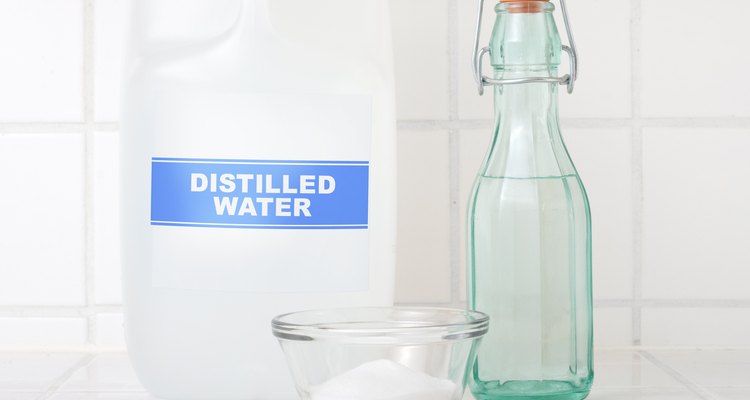
One of the most widely used homemade contact lens solutions is a saline solution produced by dissolving salt in distilled water. There are risks involved with using a solution that is not commercially manufactured and there are important steps in order to avoid damage to the eyes.
Risks

Homemade contact lens solutions may pose serious risks to users. The ingredients as well as the environment used for preparation are not sterile, which puts the user in danger of being exposed to many harmful bacteria. One bacterial infection that can afflict the eyes of contact lens users is Acanthamoeba Keratitis. If this condition is not treated properly, it can lead to corneal inflammation and eventually blindness. In order to avoid developing a serious infection such as the aforementioned, rigorous sterilization and sound preparation must take place.
Preparation
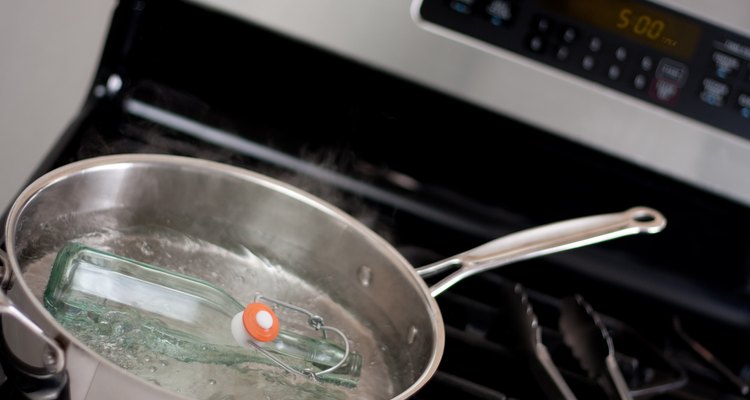
Fresh saline solution should be prepared daily. The necessary supplies include distilled water and salt. The best type of salt for preparing the solution is sodium chloride, but cooking salt will also suffice if that is not available. Any type of bottle can be used as storage for the solution but should be properly sterilized via boiling. When combining the two ingredients, mix one teaspoon of salt for every one liter of distilled water.
Precautions
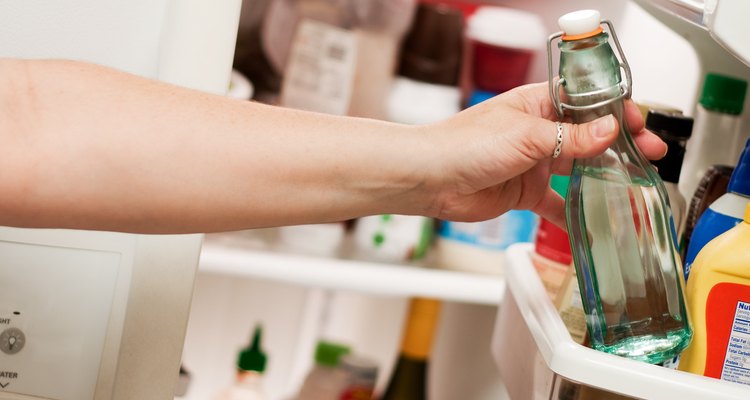
After producing the sterile saline solution, there are a few precautions to ensure that it remains safe to use. The solution should be stored in a cool, dark place as the light will allow bacteria to flourish. Discard any solution that is left in the contact lens case. It would be dangerous to reuse the solution because it is tainted from the previous disinfection. Never transfer the sterile solution into a smaller container for travel as the sterility can be highly compromised during the transmission. It is necessary to keep the contact lens case clean in order for the solution to work thoroughly. Rinse and air dry the case every day and replace it every three months. In order to avoid contamination of the solution storage container, do not touch the opening with anything, including your fingers.
Related Articles

Homemade Recipe to Disinfect a Piercing

How to Sterilize Safety Goggles
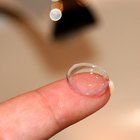
How to Store Contact Lenses Without ...
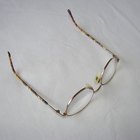
Contact Lens Storage Alternatives

What Are the Dangers of Cooking With ...

Dangers of Spray on Tan

How to Clean Residue Off of Contact ...

How to Clean a Contact Lens With ...

Contact Lenses: Daily Vs. Bi-Weekly

The Advantages of Pickling Foods

Calories in Pimento Cheese

How to Substitute Mayonnaise for Sour ...

How to Make Eyeglass Cleaner
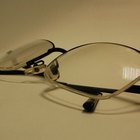
How to Remove the Anti-Reflective ...

Easy Way to Take Contacts Out

What Are the Dangers of Tantalum?
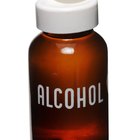
How to Store Rubbing Alcohol

How to Clean Dentures With Bleach

How to Can Pickled Corn in Jars

How to Change the Battery for a Pulsar ...